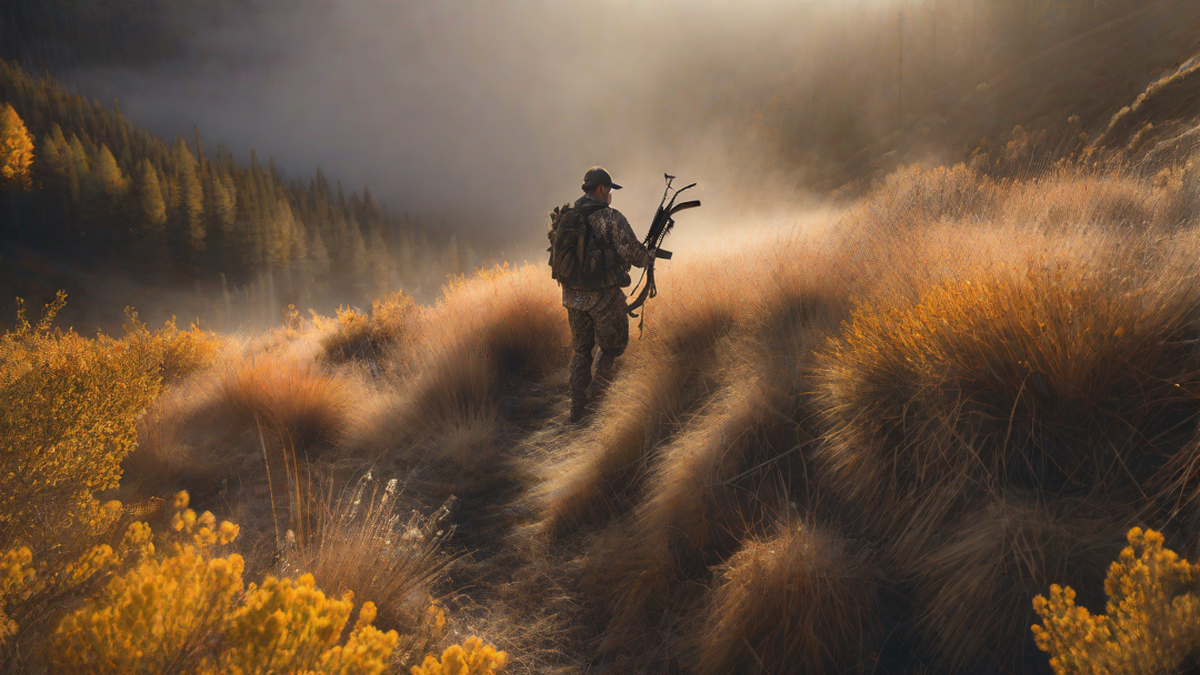Utah Bow Hunting Boundaries vs. Rifle: Exploring the Differences
As an avid hunter, I am always seeking new challenges and opportunities in the great outdoors. One aspect that often comes up in conversations with my fellow hunting enthusiasts is the difference between bow hunting and rifle hunting in Utah. It’s a topic that sparks great interest and debate, and today, I want to delve deeper into the subject.
When it comes to hunting in Utah, both bow hunting and rifle hunting offer unique experiences and advantages. However, there are significant differences in the boundaries and regulations that govern these two methods. Let’s explore them further.
Bow Hunting Boundaries in Utah
Bow hunting in Utah provides hunters with a more intimate and challenging experience. As a bow hunter, you rely on your skills, patience, and stealth to get close to your prey. But what about the boundaries?
Utah has designated areas known as “bow hunting only” zones, where only archery equipment can be used. These areas are carefully managed to provide exclusive opportunities for bow hunters. If you prefer the thrill of hunting with a bow, it’s essential to familiarize yourself with these boundaries before planning your hunting trip.
Within the bow hunting zones, you can use compound bows, recurve bows, or crossbows, as long as they meet the specified requirements set by the Utah Division of Wildlife Resources (DWR). It’s important to note that crossbows are only allowed for individuals with specific disabilities or those aged 62 and older.
Rifle Hunting Boundaries in Utah
Rifle hunting is a popular choice among hunters due to its increased range and effectiveness in taking down game. Unlike bow hunting, rifle hunting is not limited to designated zones. However, there are certain restricted areas where firearm hunting is prohibited for safety reasons.
Utah applies a hunting unit system, dividing the state into different units based on geographic features, animal populations, and hunting pressure. Each unit has its specific boundaries and regulations, ensuring effective wildlife management and equitable hunting opportunities.
Before embarking on your rifle hunting adventure, you need to familiarize yourself with the hunting unit boundaries in the area where you plan to hunt. The DWR provides thorough maps and information to help hunters navigate these boundaries and stay within legal limits.
The Importance of Respecting Boundaries
Whether you are a bow hunter or a rifle hunter, it is of utmost importance to respect the designated boundaries. These boundaries are put in place to preserve the natural balance of wildlife populations and ensure the safety of hunters and other recreational users of the land.
Violating hunting boundaries not only results in legal consequences but also undermines the integrity of the sport. It is our responsibility, as hunters, to follow the rules and regulations set by the DWR and maintain ethical hunting practices.
Conclusion
As a hunter, I appreciate the diverse opportunities that both bow hunting and rifle hunting offer in Utah. While bow hunting has specific boundaries and designated zones, rifle hunting requires understanding the hunting unit system and its boundaries. Regardless of the method you choose, it is crucial to respect these boundaries and hunt responsibly.
So, fellow hunters, let’s explore the breathtaking landscapes of Utah and enjoy the thrill of the chase, while always keeping in mind the importance of conservation, safety, and ethical hunting practices.
